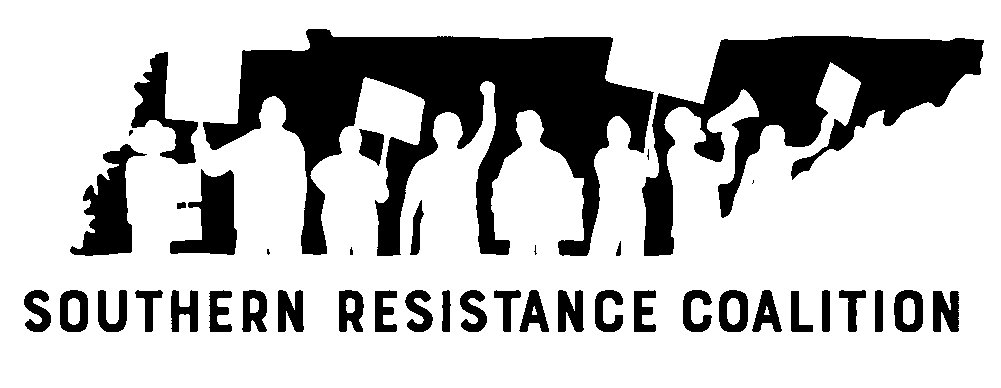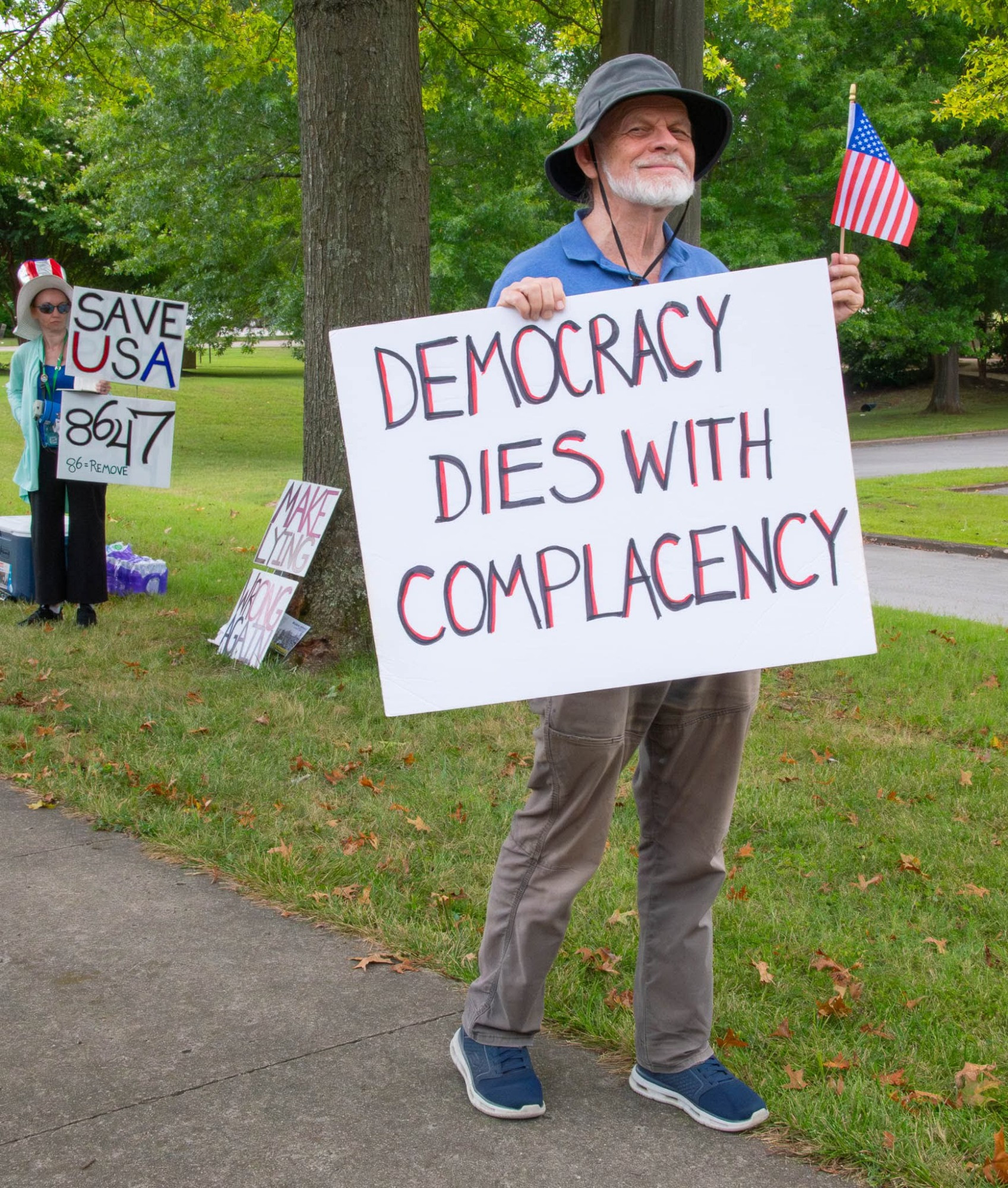To defend democracy, we first need to understand the threat it’s facing.
Right now, that threat is the rise of authoritarianism in the United States and globally.
But what IS authoritarianism? How does an authoritarian takeover happen? And most importantly, what can we as citizens do to defend our nation against it?
In the next few emails, we hope to start a conversation around those questions we can continue in person at our weekly protests and around our own kitchen tables, too.
This week, let’s start by getting on the same page about what an Authoritarian government is.
Authoritarianism is a non-democratic system of government.
It’s about fear-based divide and rule, and the government doing whatever it can to stay in power.
In authoritarian regimes, power is concentrated in the hands of an individual or a small group of “elites”.
Those powerful few make decisions that affect the masses (us) without regard for what we want or need.
So, how do authoritarians end up in power?
Democracy dies at the ballot box, not by violent coup.
Modern wannabe kings chip away at legal constraints, skirt the law, and weaken other branches of government from the inside out.
For a current example, see the blatant bureaucratic takeover of congressional seats playing out in Texas right now, not by outside forces, but by elected Republicans.
There are a handful of tactics authoritarian governments typically use to grab power. They:
- Spread disinformation, sowing doubt and confusion
- Attack or scapegoat vulnerable communities
- Quash dissent by directing investigations of critics and the press
- Give license to lawbreaking and stoke violence (J6 pardons, anyone?)
- Weaken checks and balances, using courts and regulations to retaliate
- Deploy the military domestically / Employ Federal law enforcement overreach
- Corrupt elections and/or create mistrust in the election process
All of these tactics are currently on display in America in some form.
There’s reason for hope, though… they can’t do it alone.
The regime relies on ‘Pillars of Support’ to enforce, legitimize, and implement its plans.
‘Pillars’ like: businesses, workers, consumers, educators, military and police, civil service employees, and faith communities.
These pillars are made of individuals, and each of us is a member of one or more.
In other words, we have more influence than we think, especially in our local communities.
More on that next time.


Leave a Reply